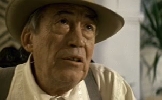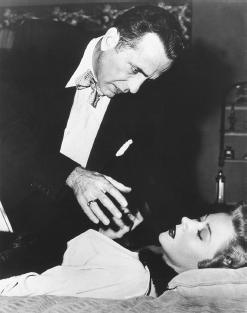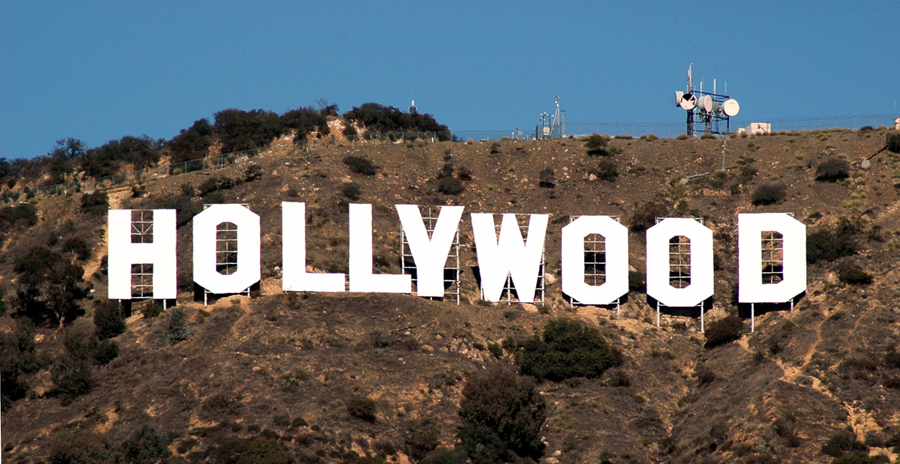Sunday, November 29
In a Lonely Place
Wednesday, November 18
Chinatown



Monday, November 16
Touch of Evil

SPOILER ALERT
Touch of Evil, by Orson Welles, focuses itself around a newlywed couple, Mike (Charlton Heston) and Susan (Janet Leigh, also in Psycho) spend their marriage between the border of US and Mexico. Here, Mike and Susan witness a car explosion. With his career as a Mexican narcotic policeman, Mike is recruited to help investigate the crime. Also put on the case is the massive figure (both physically and metaphorically) of Captain Quinlan (Orson Welles, himself) whom continues to barge into the investigation. Even though he has a good reputation for solving the cases, his belligerent drunk behavior ruins the integrity of the case. Yet, their lives are both in danger as they continue to involve themselves into the crime. Grande, the local leader of the organized crime, has ties with the car killing and is nothing but trouble throughout the story. At one point, Mike puts Susan in a motel for her safety, but Grande’s gang captures and drugs Susan like a pawn in his whole picture. Vargas, the moral protagonist, discovers that he cannot trust anybody because he found reason to suspect that Quinlan was planting evidence to frame innocent (or free guilty) people. Eventually, Grande’s corrupt deals with the sleazy Captain cost him his life. The suspense for Mike to identify the real criminal becomes the focus of the ending. Through his wits and cleverness (that all Film Noir protagonist should have), Mike is able to solve the case and return to his honeymoon with Susan.
Overall, I am glad I watched this movie, but I doubt I will ever watch it again. Nothing against Orson Welles, I happen to like War of the Worlds, but this movie was too complicated and too slow in parts for me. Typical of Film Noir, the suspense and the logic of the film is emphasized. Yet, I am not sure if I have patience to enjoy the slow moments. The long drawn out sections with mini-episodes (like Quinlan going to Tanya’s brothel a few times or some of the scenes with the weirdest motel clerk of all time) could have been edited a little more for better continuity of the film. Again, I am glad I watched to experience this classic film, but personally, it is not something I would choose to enjoy in the future.
Wednesday, November 11
Maltese Falcon

The movie revolves around of missing persons. Two private detectives, Spade (Humphrey Bogart) and Archer (Jerome Cowan) take on Brigid O'Shaughnessy (Mary Astor)’s case of her missing sister whom was suspiciously involved with Floyd Thursby. Yet, there is trouble when a shooting occurs. When Archer was tailing the possible suspect Thursby, Archer was shot and killed. The trouble does not stop there, there is a bigger story that Spade faces. The case turns out to be related to a highly prized stolen artifact, the Maltese Falcon. The history of the Maltese is that it was stolen and worth thousands of dollars. Kasper Gutman, the “fat man”, attempts to get it back from the owner. But as the story proceeds, there are lots of layers of theft which makes the real owner of the Falcon unknown. As Spade encounters Cairo
Overall, I would say that I did not enjoy this film. Generally, women able to speak at lightening speaks while reaming helpless bothers me. Unforunately, this is very much the case for 50’s social norms. Also, the men (almost always) call the females pet names, like ‘doll, sugar, honey, angel,’ etc. This part alone did not ruin the movie for me, but it just points out the obvious gender differences of this time.
Unrelated to the movie’s genre of film noir, the power differences and social expectations bother me. Yet, I do understand that this movie was filmed during this period where interactions were expected to be lopsided.
However, I did like the main character’s cleverness and charisma. Like most other male main character in film noir, there I something clever and wily about him which allows him to get out of danger. This character is funny to me because he is fantasy and rare in real life.
Again, I did not like this movie as w hole as much as others, yet there were aspects in which I did enjoy, like relating to the characters, laughing at funny moments, and appreciating the quick sarcasm/wit.
Friday, November 6
Classical Hollywood Narration or American Narration?
Monsoon Wedding

This has been a movie in which I really enjoyed. I am not sure if it is because I have not so much enjoyed the last bunch of movies or if I understand Indian cultures well. It was beautifully made with all the colors in their decorations, surroundings and even wardrobe. I loved the dancing and the aspects of the culture that were so blatantly present. Plus, weddings in general are already very exciting. I guess it was guaranteed that I was going to like this one. The only thing that I would change would be the amount of flowers PK ate!? I am not used to that!
Wednesday, November 4
Daughters of the Dust

Daughters of the Dust opens with the Unborn Child, narrator, who is found to be at the core of her family’s relationships because she represents new life. As a family is faced with the decision between the old times and new, the large close-knit family experiences trials and troubles. On one side, Nana (whom is the matriarchal head) feels like it would be neglecting their families’ generations of solid guidance if they moved off of the 









